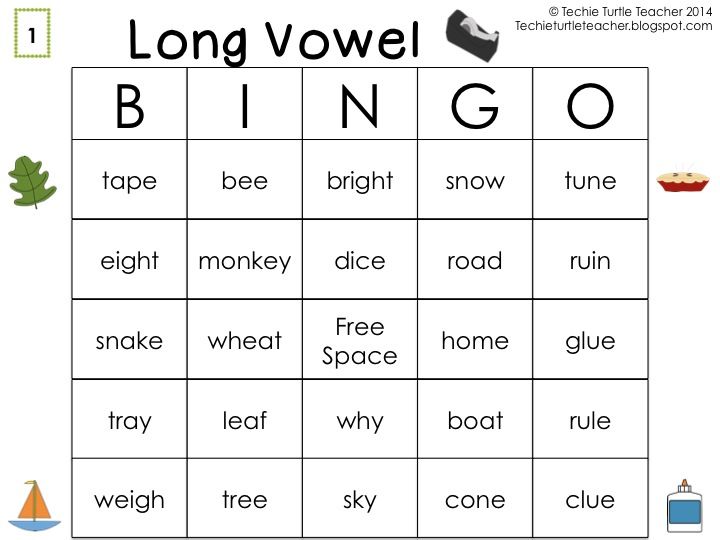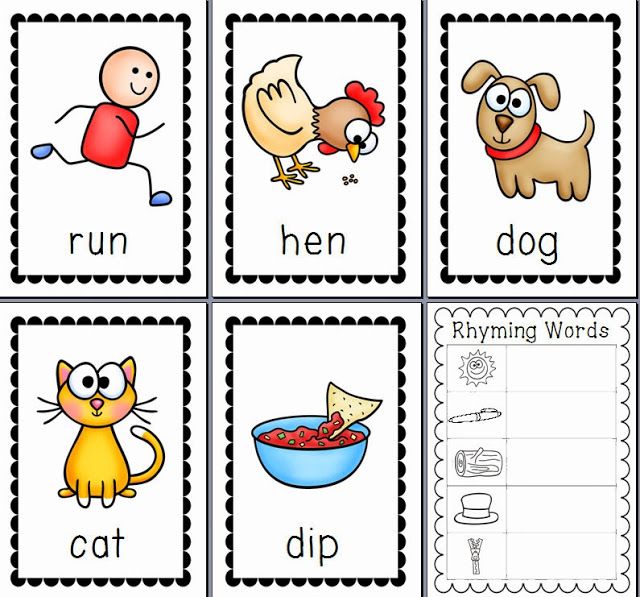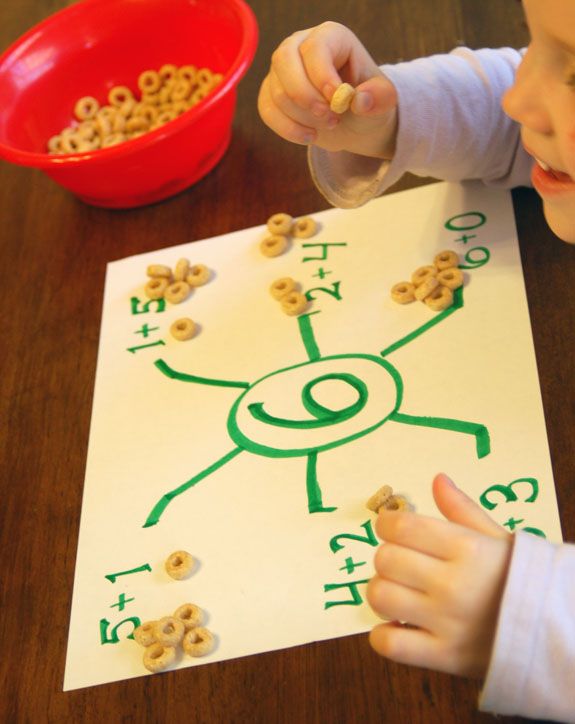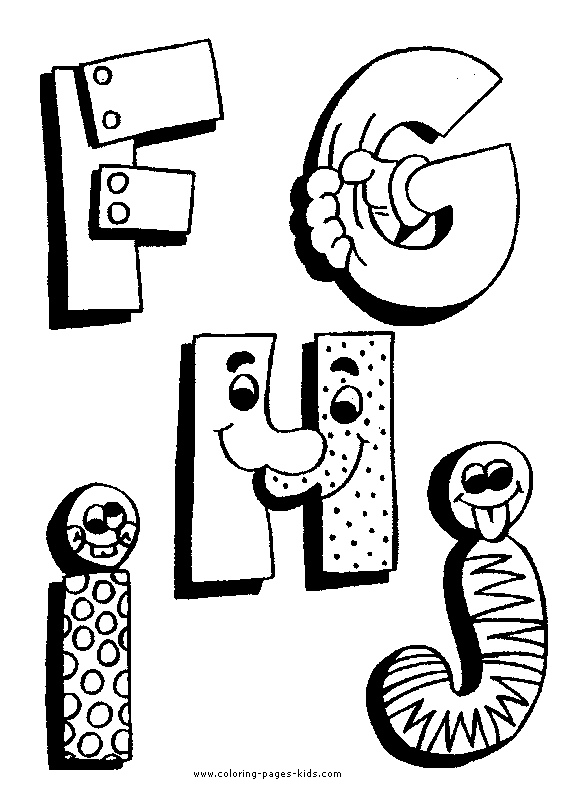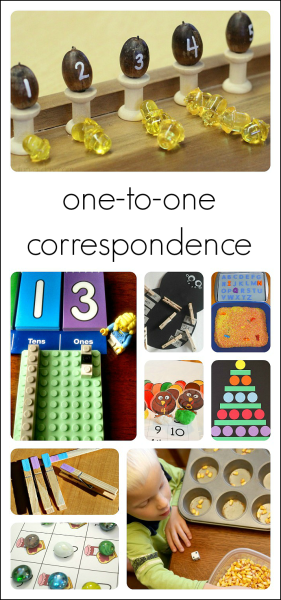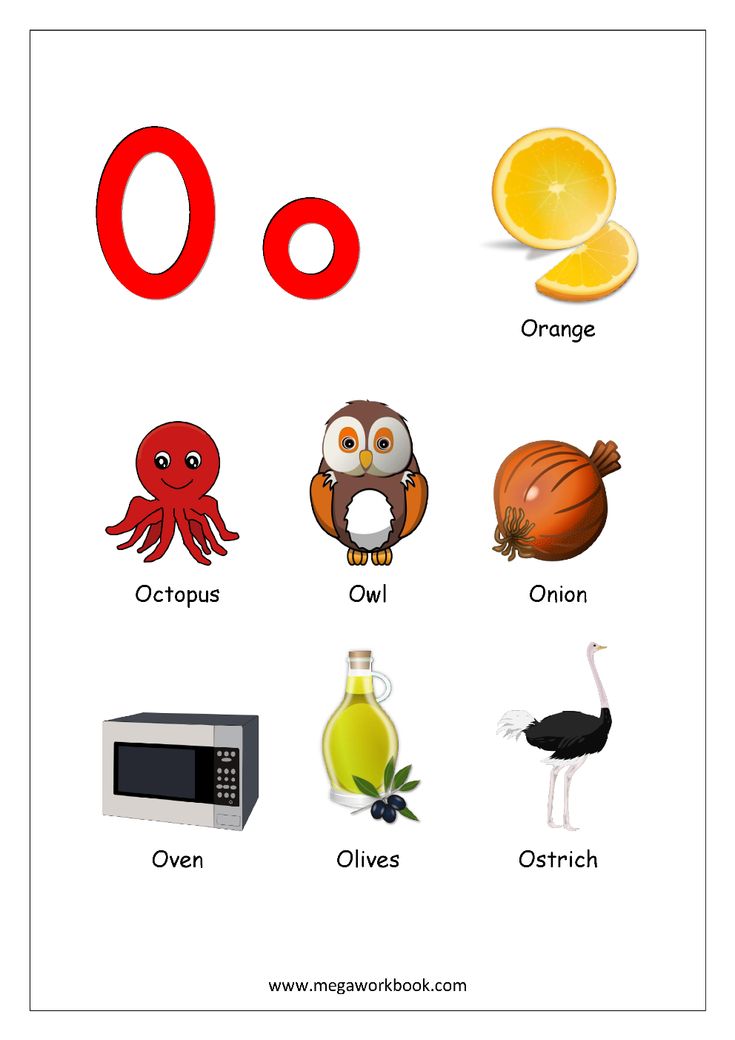Long vowel practice
Free Long Vowel Sounds Spelling Patterns Printable PDF
- Printable worksheets
- Learning games
- Educational videos
- Lessons
+ Filters
36 results
Long Vowels
There are 26 letters of the alphabet, and 5 of these letters are vowels. Recite the vowels to your children, and ask them to recite them back. Once your kids have a concrete understanding of the vowels, you can begin teaching them the phonetic sounds. These long vowel worksheets will help children learn faster and easier. Children will learn better as they visualize the sounds; and they can also practice saying the sounds. Guide them through these coloring long vowel worksheets to sharpen their knowledge of sounds, especially the vowel sounds.
- Long Vowels
Sort by
InteractiveMost RecentRelevance Popularity Highest Rating Title
Favorites
Hide done
Long Vowel Review Worksheet
Vowel teams are the way that we make words, and there are all sorts of …
Grade 2
Long Vowels
Worksheet
What Sounds Like Float? Worksheet
The sounds oa often make the long /o/ sound when they are put together. Give …
Grade 1
Long Vowels
Worksheet
Phonics and Word Recognition: Assessment 2
When a word is added to the end of another word to give it another …
Grade 2
Long Vowels
Worksheet
Reading: Long I and IE Worksheet
The vowel combination can be used in other ways and come out sounding different, but …
Grade 2
Long Vowels
Worksheet
Reading: Long E and IE Worksheet
When the vowels ie are put together, they can make another sound entirely, such as …
Grade 2
Long Vowels
Worksheet
Reading: Shoot for the Moon Worksheet
The oo sound is among one of the most popular ones your kids will meet …
Grade 2
Long Vowels
Worksheet
Reading: IGH as Long I Worksheet
This maze worksheet is fun and educational! Children look for and read words that have …
Grade 2
Long Vowels
Worksheet
Reading: Long O Digraphs Worksheet
Reading and decoding words is complex when students begin learning about digraphs.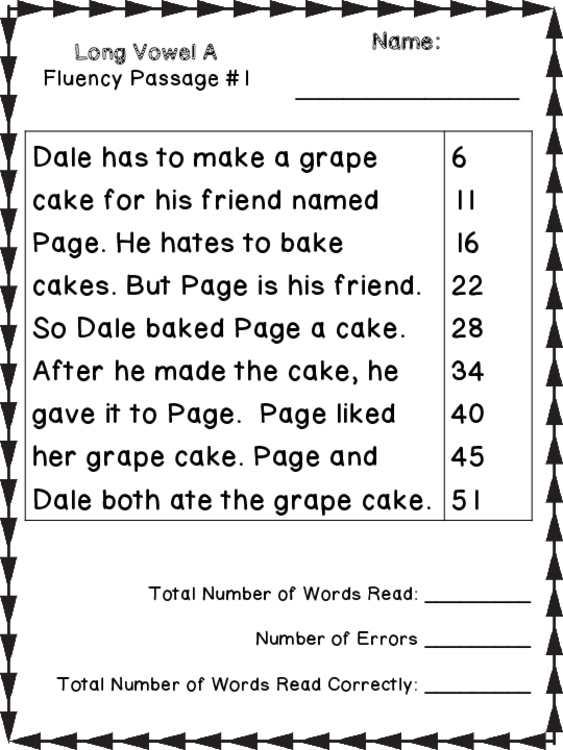 A digraph is …
A digraph is …
Grade 2
Long Vowels
Worksheet
Reading: Vowel Team EE Worksheet
As students progress in learning phonics skills, vowel teams are introduced. This worksheet is a …
Grade 2
Long Vowels
Worksheet
Long and Short Vowel Match up Reading Worksheet
Want to help your new reader gain confidence in their decoding skills while they work …
Kindergarten
Long Vowels
Worksheet
Long or Short Reading Worksheet
Being able to differentiate between a long or short vowel sounds is a key decoding …
Kindergarten
Long Vowels
Worksheet
Long U Words Reading Worksheet
It’s important for new readers to learn to discriminate between the long and short vowel …
Kindergarten
Long Vowels
Worksheet
Words with Long U Reading Worksheet
Vowels are important to new readers because all words have them. Help your little learner …
Kindergarten
Long Vowels
Worksheet
The Long I Maze Reading Worksheet
Learning phonics goes hand in hand with learning how to read. For your child to …
For your child to …
Kindergarten
Long Vowels
Worksheet
long vowels Worksheet
Vowels differ in how they sound and how long it takes to say them. Can …
Kindergarten
Long Vowels
Worksheet
Long «u» Sound Worksheet
Your child will find the bright and cheery pictures in this free PDF worksheet fun …
Grade 1
Long Vowels
Worksheet
Let's Check for «i» Sounds Worksheet
This fun worksheet with engaging pictures will help your new readers strengthen their phonics skills …
Grade 1
Long Vowels
Worksheet
Two Sounds for OO Worksheet
The English language is full of examples where the same letters can have different sounds, …
Grade 2
Long Vowels
Worksheet
Long and Short Vowel Sentences: Assessment Worksheet
It can be tough for children to differentiate between long and short vowel sounds, and …
Grade 1
Long Vowels
Worksheet
Finding Syllables in Long Vowel Words Worksheet
At the end of this worksheet, your kids should be much better skilled at identifying …
Grade 2
Long Vowels
Worksheet
Let's Check Long Vowels: Assessment Worksheet
How well can your child read words? What about being able to see a picture …
Grade 1
Long Vowels
Worksheet
Long /u/ Words Worksheet
Phonetic sounds are a must for your child to learn, especially for them to be …
Grade 1
Long Vowels
Worksheet
Long Vowel Maze /o/ and /i/ Worksheet
Your new readers will have a ton of fun helping these adorable little mice find …
Grade 1
Long Vowels
Worksheet
Long Vowel E Printable
Long vowels can be confusing for kids because the same vowel can be spelled in …
Grade 1
Long Vowels
Worksheet
Try Kids Academy for FREE!
See full Learning Program
Yes, I want to add E‑Blox - the brick-compatible construction set for building 3D circuits with lights, sounds, motion, and other.
$19.99
Enter coupon code
Note: You will not be billed until your free trial has ended and can cancel at any time. No strings attached.
So engaging
We love how we can focus on math with this app. It is engaging and we love how we are able to adjust and tailor the levels according to our son’s knowledge and skill levels!
Momma Anna
Great for kids
Our 7 years old daughter loves reading activities and every off-line game Kids Academy offers. This is a very good app, I highly recommend it!
TonyThan
Great app!
This app is wonderful for my 7 years old son! :) It focuses on basic reading, writing, and math skills.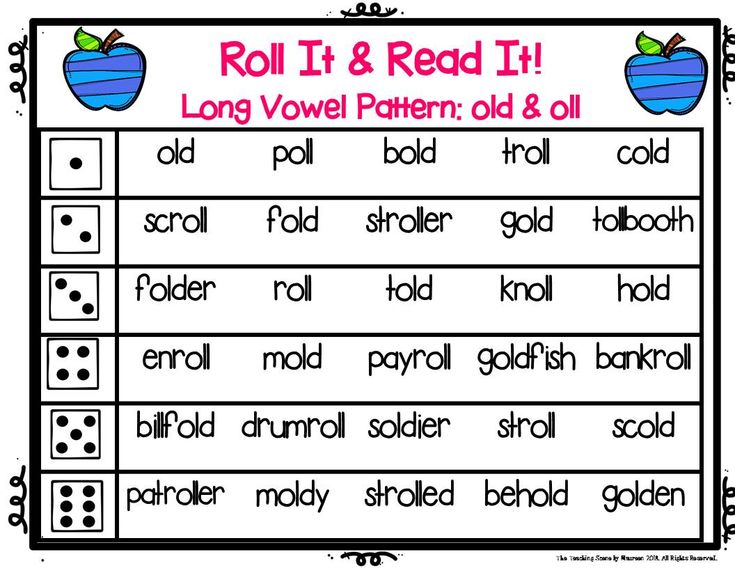 The reward system is great and consistent!
The reward system is great and consistent!
Lilbittygarza
Great app
Wow! This app is really great. For the first time my kids actually enjoy learning math and reading. The games on Kids Academy are educational and really fun.
Kimberlyxo
Such a great app!
This was a really fun way to get my kids to practice their math. I usually struggle to get them into it and Kids Academy makes it easy.
Fernanndas Stoun
Daughter's favorite
Still a top favorite for our 7 year old. She loves earning her stars as she learns to trace letters and numbers. Coloring and the sounds are engaging and are on target for her age group and being Pre K.
Surviving5Kids
Games for Kids on Long Vowel Sounds Online
Long Vowel Games OnlineTeaching kids about the various blends a letter can have is imperative to improve their reading skills. Interactive long vowel games online help kids enhance their ELA skills by explaining this concept well. Long vowel sound games are all about practice. Your kids need to comprehend the combination of different letters to make spelling variations with these games.
Interactive long vowel games online help kids enhance their ELA skills by explaining this concept well. Long vowel sound games are all about practice. Your kids need to comprehend the combination of different letters to make spelling variations with these games.
Long vowel practice games offer a wonderful blend of technology and learning to make it easier for both parents and kids to engage in this activity. These games include long A vowel sound games, long E vowel sound games, long I vowel sound games, long O vowel sound games, and long U vowel sound games.
Other ELA games you can explore are: reading games, writing games, phonics games, sight words games, letter tracing games, etc.
How do we introduce long vowel sounds to kids?Long vowel sounds online games can help introduce this fun topic to children. Long vowel sounds are those that are spoken just like the sounds of the letters themselves. With the help of online games, children can learn to identify the long vowel sounds in words in order to enhance their reading, writing and speaking abilities.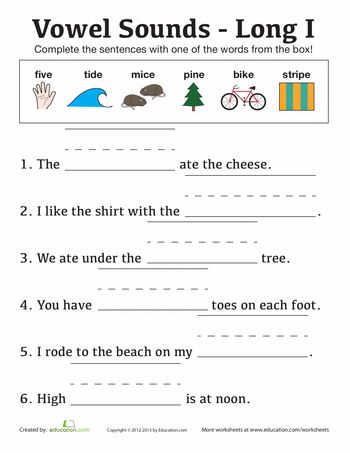
Long vowel sounds games online do a great job at making ELA learning fun and easy. They offer a wide range of practice games and activities with helpful characters and bright-colored visuals with striking settings. This makes the process of learning interactive for children.
How can games help children better understand long vowel sounds?Phonics games on long vowel sounds help children practice the concept by using a lot of different examples. These games have multiple levels that consist of a wide range of words so that kids can hone their skills through practice. Repeated practice lends itself to immediate concept clarity and kids are able to increase their ELA knowledge.
FAQs1. How do you practice long vowel sounds for kids?Long vowel sounds games online are amazing tools when it comes to practicing. Children can rearrange sounds, segment words, explore vowel teams and blending techniques, and do so much more with the help of these interactive games online.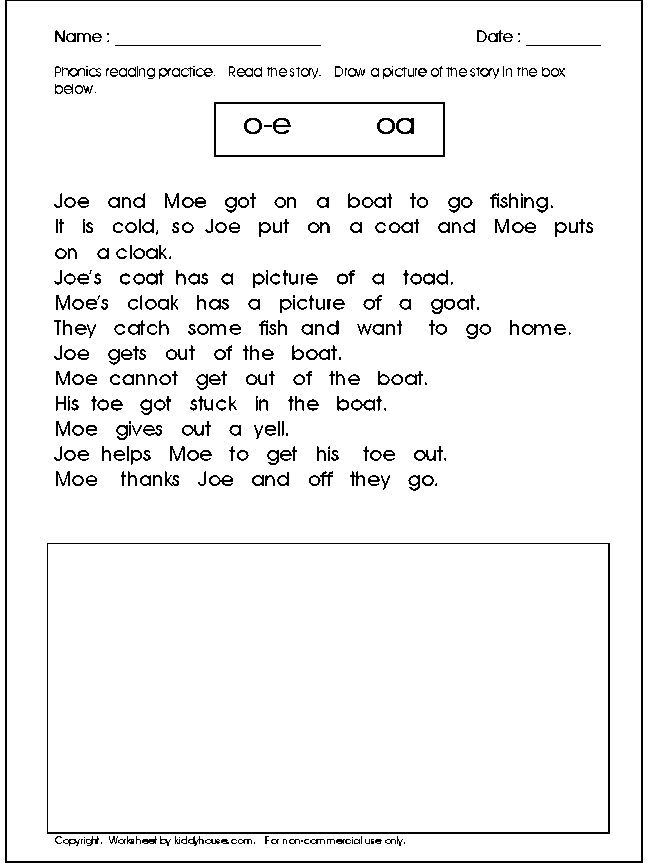
Long vowel practice games can come in handy when looking to teach long vowel sounds efficiently. Children can start by identifying long vowel sounds and combine these sounds to form words with meaning. With practice, kids can learn to change words with short vowel sounds to words with long vowel sounds.
3. How can I help my child understand long vowel sounds?Long vowel sounds online games help kids understand the actual pronunciation of words with their spelling patterns. Children can explore new words that can be made using different letters and sounds while being entertained. They can also learn and practice the complex rules of words with ‘ai’ and ‘ay’ sounds with ease. With long vowel sound games, the transition from sounds to words becomes smooth and simple.
4. How can kids play games on long vowel sounds?Long vowel games online are fun and easy to play. With these online games, you can teach your kids long vowel sounds at any given time. Such online games help you support your kids from an early age and their understanding of the language only grows stronger with practice.
With these online games, you can teach your kids long vowel sounds at any given time. Such online games help you support your kids from an early age and their understanding of the language only grows stronger with practice.
Some amazing long vowel sound activities that you can practice with your kids are: matching words with long vowels to their respective pictures, choosing the correct spelling of a given word with the correct long vowel sounds, making a fun fluency board with long vowels, playing word hunt with words made of long vowels, etc.
Try SplashLearn for Free
Lesson #2. Long vowels | umma.ru
As already noted, the main feature of Arabic vowels, in comparison with Russian ones, is that they differ in terms of longitude and shortness of sound. Longitude and shortness of vowels in Arabic have a semantic difference. There are 6 vowel phonemes in Arabic. Of these, three are short: [a], [i], [y], which are indicated by vowels, and three are long: [a], [i], [y].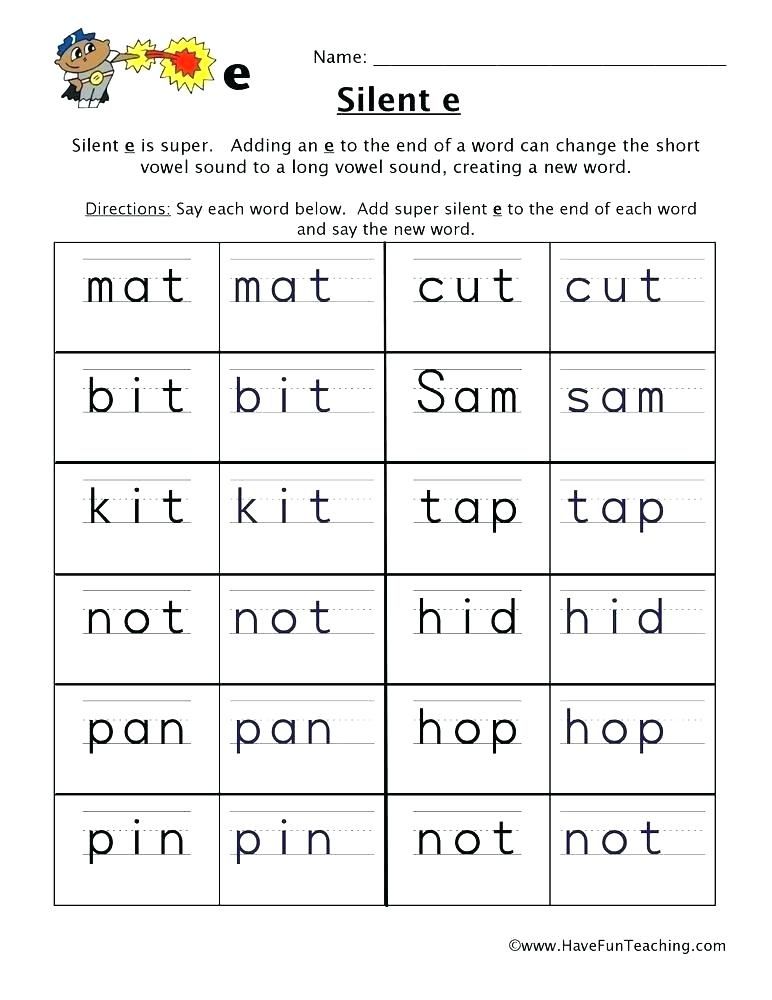 Arabic short phonemes [a], [i], [y] are similar to the corresponding Russian phonemes. As for long phonemes, they, while qualitatively coinciding with short ones, differ from the latter in a longer duration (about 2 times). To denote long vowels, the so-called weak letters are used:
Arabic short phonemes [a], [i], [y] are similar to the corresponding Russian phonemes. As for long phonemes, they, while qualitatively coinciding with short ones, differ from the latter in a longer duration (about 2 times). To denote long vowels, the so-called weak letters are used:
Long vowel [a]
The main means of transmitting a long [a] is the combination of the letter "alif" (ا) with the vowel "fatha" over the previous letter: ـــَ ا.. For example:
قَالَ
This type of long vowel [a] is called “alif mamdud”, i.e. elongated "alif". Another means of conveying a long [a] in writing is the combination of the letter ى with the vowel “fatha” above the previous letter. This type of long [a] is called "alif maksura", i.e. shortened "alif". For example:
رَمَى
It should be borne in mind that if the combination of ا with fatha is used to convey [a] in all syllables of a word, then the combination of ى with fatha can only be used in the final syllable of the word.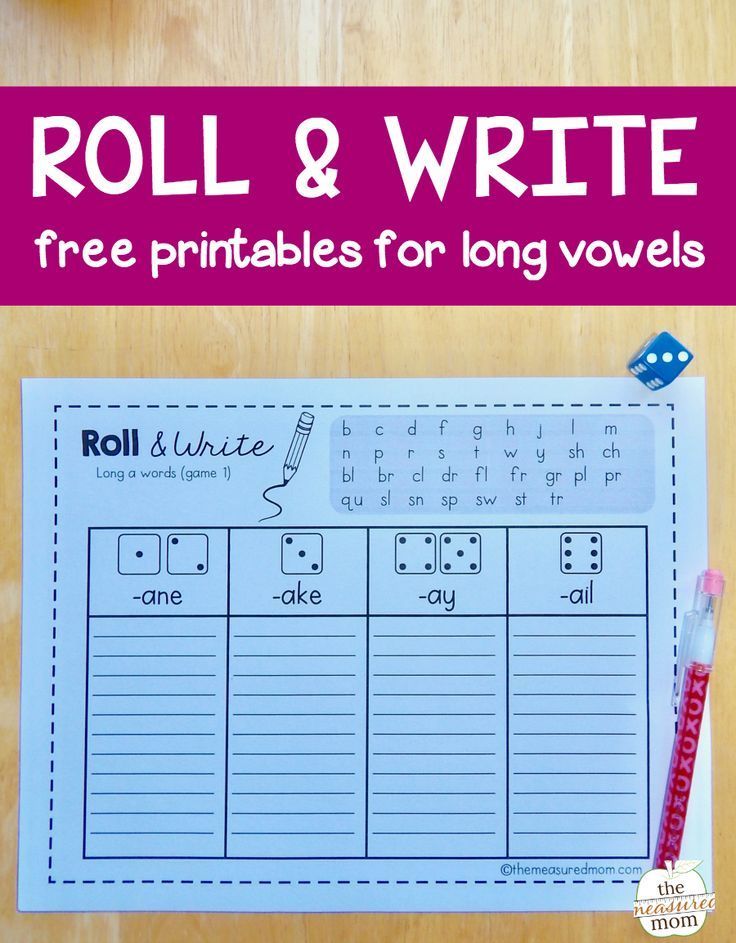 The lengthening of the long vowel [a] after the hamza (أَ + ا) is transmitted in the letter "alif" with a wavy line on top: (آ). For example:
The lengthening of the long vowel [a] after the hamza (أَ + ا) is transmitted in the letter "alif" with a wavy line on top: (آ). For example:
Long vowel [and]
Long [and] is transmitted by a combination of the letter “yya” (ي) with the vowel “kasra” under the previous letter: ـــِ ي.. For example:
قِيلَ
Long vowel [y]
Long [y] is transmitted by combining the letter "wow" (و) with the vowel "damma" above the previous letter: ـــُ و.. For example:
قُوبِلَ
It should be noted that, along with the mentioned combination of letters and vowels, the condition for the formation of long vowels by weak letters ا ، و ، ي is the absence of vowels above them. Otherwise, they will be used as consonants. For example:
ظَبْيُ ، فَوْزُ ، بَيْتُ ، بَيْدَ ، سَوْفَ ، فَوْقَ
In some words of the Arabic language, when transmitting a long [a], "alif" is omitted. The missing alif is replaced by a vertical fatha. For example: instead of ذَالِكَ it is written ذٰلِكَ, instead of إِلٰهُ - إِلاَهُ. When the letter “lam” (ل) is combined with “caliph” (ا), the following ligature is formed: ⁃ when written independently: لا ⁃ when connected to the right: ـلا In our lessons, in the absence of vocalization above or below “alif”, it serves to transmission of a long vowel [a]. In the presence of voicing, it is a stand for hamza. Exercise No. 1 Read the following words paying attention to the pronunciation of the long vowel [y]:
For example: instead of ذَالِكَ it is written ذٰلِكَ, instead of إِلٰهُ - إِلاَهُ. When the letter “lam” (ل) is combined with “caliph” (ا), the following ligature is formed: ⁃ when written independently: لا ⁃ when connected to the right: ـلا In our lessons, in the absence of vocalization above or below “alif”, it serves to transmission of a long vowel [a]. In the presence of voicing, it is a stand for hamza. Exercise No. 1 Read the following words paying attention to the pronunciation of the long vowel [y]:
يَقُولُ ، يَقُومُ ، يَطُوفُ ، يَمُوجُ ، يَصُومُ
Exercise #2 Read the following words paying attention to the pronunciation of the long vowel [and]:
، نِيلْ ، فِيلْ ، حِينْ ، سِينْ
كَرِيمْ ، عَلِيمْ ، سَمِيعْ ، عَزِيزْ ، حَفِيظْ
يَطِيرُ ، يَسِيلُ ، يَكِيلُ ، يَلْوِي ، يَكِيدُ
Exercise No. 3 Read the following words paying attention to the pronunciation of the long vowel [a]:
3 Read the following words paying attention to the pronunciation of the long vowel [a]:
كَلاَمْ ، سَلاَمْ ، حَلاَلْ ، حَرَامْ ، حِسَابْ
نِظَامْ ، غُلاَمْ ، غُبَارْ ، يُقَالُ ، يُدَارُ
مَتَى ، فَتَى ، حَمَى ، رَوَى ، بَلَى
Exercise #4 Read the words vertically, paying attention to the difference between a long vowel and a hamza:
To achieve a greater effect, we advise you to write out all the exercises in a notebook several times. Get yourself a notebook or notebook for this.
Was the material useful? Share the link with your friends on social networks.
Long and short vowels in English
Longitude is one of the characteristics of a vowel sound, which shows the relative duration of its sound compared to other sounds.
Longitude can be positional and phonemic. In the first case, the duration of the vowel depends on the position in the word and stress, while this characteristic does not affect the meaning.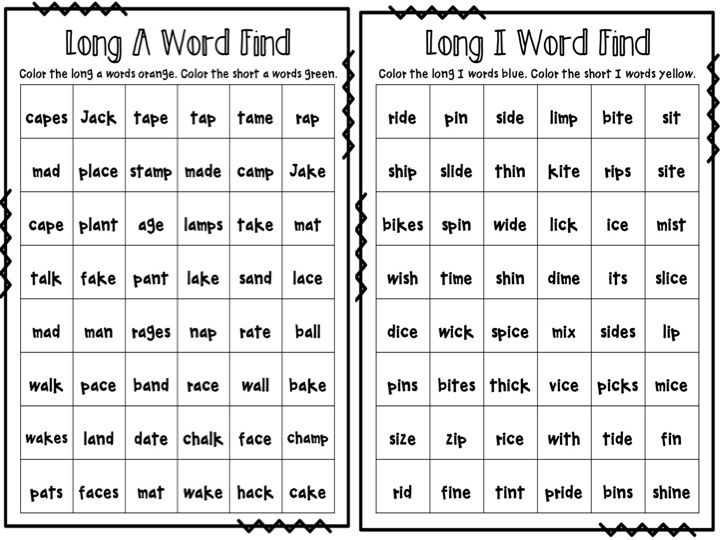 The phonemic length of a vowel has a semantic function, that is, depending on the length of the sound, the meaning of the word changes.
The phonemic length of a vowel has a semantic function, that is, depending on the length of the sound, the meaning of the word changes.
English vowel length
In Russian, the duration of vowel sounds does not affect the meaning of words and only changes depending on the stress. In English, vowels differ not only in positional but also in phonemic length. This means that long and short sounds, similar in other characteristics, represent different phonemes. Words that differ only in these phonemes have different meanings: ship - sheep , fit - feet , pull - pool . Therefore, it is so important to pronounce long and short sounds correctly.
In transcription, long vowels are indicated with a colon: [i:], [α:], [ɔ:], [u:], [ә:]. In some cases, long vowels in an unstressed position are reduced and become semi-long, which in transcription is indicated by one dot from above: [α ].
The long vowels listed above are opposed to short ones, forming the following pairs in English:
- [i:] - [ı]
- [uː] - [u]
- [ɔ:] - [ɒ]
- [α:] - [ʌ]
- [ә:] - [ə]
The pronunciation of long and short English vowels often causes difficulties for Russian learners of English, since in Russian vowels do not have phonemic longitude, and we are not used to distinguishing the length of a vowel sound by ear.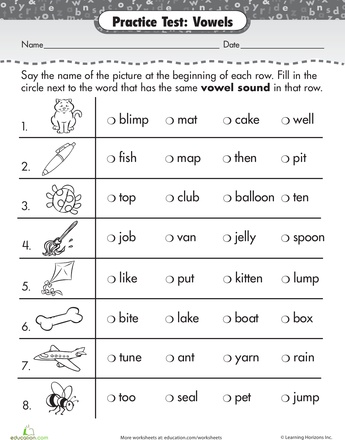 We often do not hear the difference between long and short vowels when listening to English speech. It is still not clear how long you need to draw a sound when speaking, so very unnatural, or almost inaudible, or too long vowels are obtained. It is impossible to correctly pronounce short and long sounds so that a native speaker hears the difference, even if you diligently shorten short vowels and stretch out long ones.
We often do not hear the difference between long and short vowels when listening to English speech. It is still not clear how long you need to draw a sound when speaking, so very unnatural, or almost inaudible, or too long vowels are obtained. It is impossible to correctly pronounce short and long sounds so that a native speaker hears the difference, even if you diligently shorten short vowels and stretch out long ones.
Sometimes it seems that native speakers themselves do not know the difference between short and long sounds, they seem to pronounce them the same way - but they themselves understand each other. But it's not. Let's see what are the differences between long and short English vowels, how to learn to hear them and how to train their pronunciation.
Differences between long and short English sounds
It is logical to assume that if vowels are called long or short, they differ in sound length. This is the main difference between them, but not the only one. It is important to understand that long and short sounds have other differences, which consist in articulatory features. This means that the sounds are not just of different lengths, they are also different in sound. And most often it is these articulatory features that determine the length of the vowel sound: the duration of the sound depends on the position of the tongue and the tension of the vocal apparatus.
It is important to understand that long and short sounds have other differences, which consist in articulatory features. This means that the sounds are not just of different lengths, they are also different in sound. And most often it is these articulatory features that determine the length of the vowel sound: the duration of the sound depends on the position of the tongue and the tension of the vocal apparatus.
Long and short English vowels differ in such a characteristic as tension. Long vowels are tense, in English they are also called tense . When they are pronounced, the root of the tongue seems to be tense, under tension. The sound is pronounced, bright, rich, clear.
Short vowels are called lax – relaxed. The tongue in the region of the root is relaxed, the vowel sound is articulated quickly, easily, without additional effort, as if bursting. It turns out short, inconspicuous, faded and fuzzy.
Qualitative differences in sounds in different pairs of English vowels range from pronounced to almost imperceptible.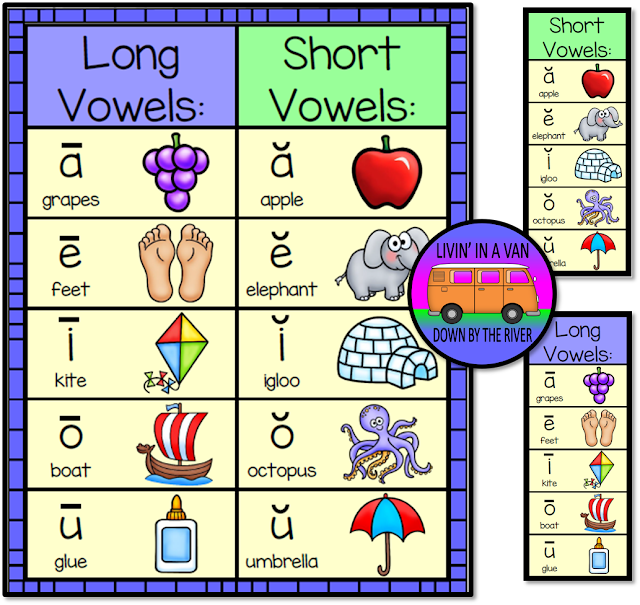 It is easy to notice the difference between long and short sounds a: pay attention to how the words cart and cut are pronounced, they differ not only in duration, but also in sound. But the differences between long and short u are almost imperceptible: pool and pull sound very similar, only slightly different in length. The Scots generally pronounce them the same way, differing only in context.
It is easy to notice the difference between long and short sounds a: pay attention to how the words cart and cut are pronounced, they differ not only in duration, but also in sound. But the differences between long and short u are almost imperceptible: pool and pull sound very similar, only slightly different in length. The Scots generally pronounce them the same way, differing only in context.
In addition, the duration of the pronunciation of vowels is also affected by positional longitude - for example, stressed or unstressed position in a word. As a result, a short vowel sound in one word may sound longer than a long sound in another word.
Thus, it is not enough to rely only on the subjective duration of a vowel sound. All the features of short and long vowels described above must be taken into account when learning English. It remains to understand how to master the pronunciation of long and short sounds in practice.
How to learn to pronounce long and short English vowels
The main mistake foreigners make when pronouncing long and short English sounds is focusing only on duration.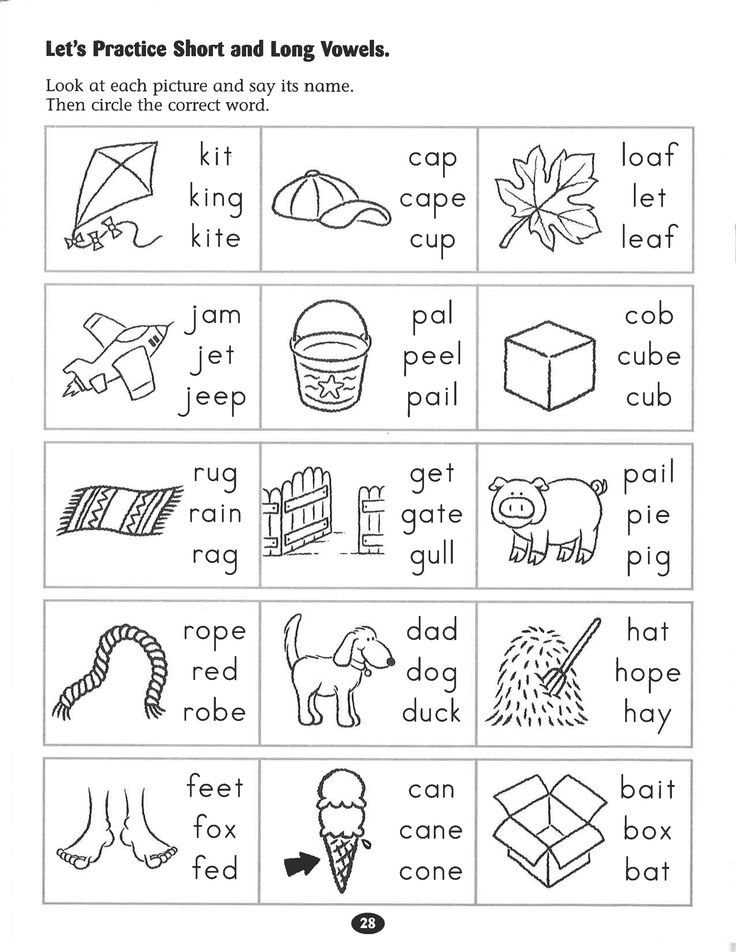 But with this approach, it is intuitively incomprehensible where the boundary between a long and a short sound passes: you can’t measure the length of a sound with a stopwatch. When trying to artificially lengthen or shorten a vowel, the sounds are unnaturally short or drawn out.
But with this approach, it is intuitively incomprehensible where the boundary between a long and a short sound passes: you can’t measure the length of a sound with a stopwatch. When trying to artificially lengthen or shorten a vowel, the sounds are unnaturally short or drawn out.
To learn how to pronounce long and short English sounds, you need to forget about the usual terminology "long" and "short". Try not to think about the duration of the sound at all. To correctly pronounce long and short vowels, you need to focus on their articulation, and not on duration. If we correctly reproduce the pronunciation of the vowel, then the duration will turn out to be correct automatically. Remember that long vowels require more tension at the root of the tongue, while short ones are pronounced without additional effort, easily and without tension.
Pay attention to how native speakers pronounce vowels - don't watch how long they draw them out, but watch the pronunciation, the articulation, the quality of the sound.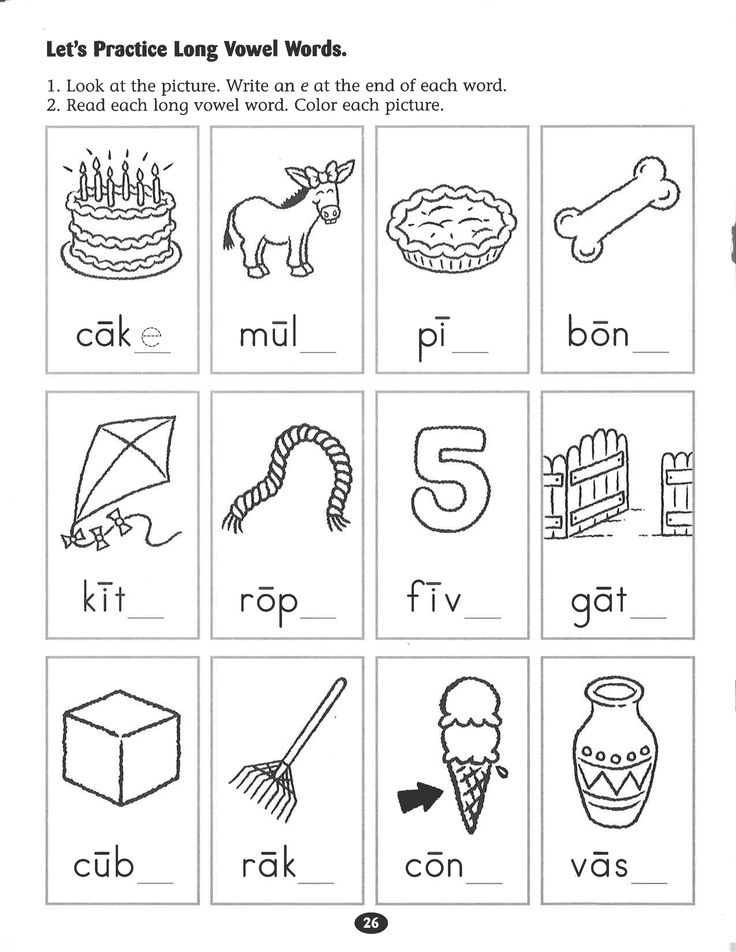 Repeat, imitate, practice. For practice, it is best to use video lessons or a conversation with a native speaker, since audio materials do not make it possible to see articulation.
Repeat, imitate, practice. For practice, it is best to use video lessons or a conversation with a native speaker, since audio materials do not make it possible to see articulation.
It is best to train long and short sounds not separately, but as part of words. First, this way you will note the influence of positional longitude on the duration of the sound in specific examples. Secondly, just as words are best learned in context, sounds are also best learned in the environment.
Practice pronunciation of long and short vowels on pairs of words to notice the difference between sounds, for example:
- Sport – hot
- Arm-cut
- See-hit
- Food-put
- Fur – ago
When you learn how to pronounce long and short vowels correctly in English, it will become easy to distinguish between them in speech. When listening to speech, forget about the differences in duration, pay attention to the qualitative differences in sounds - how intensely the vowel is pronounced, how bright or faded it sounds, how pairs of sounds differ from each other, except for duration.